Surviving an Era of Pervasive Nuclear Instability
A call for grassroots activism.
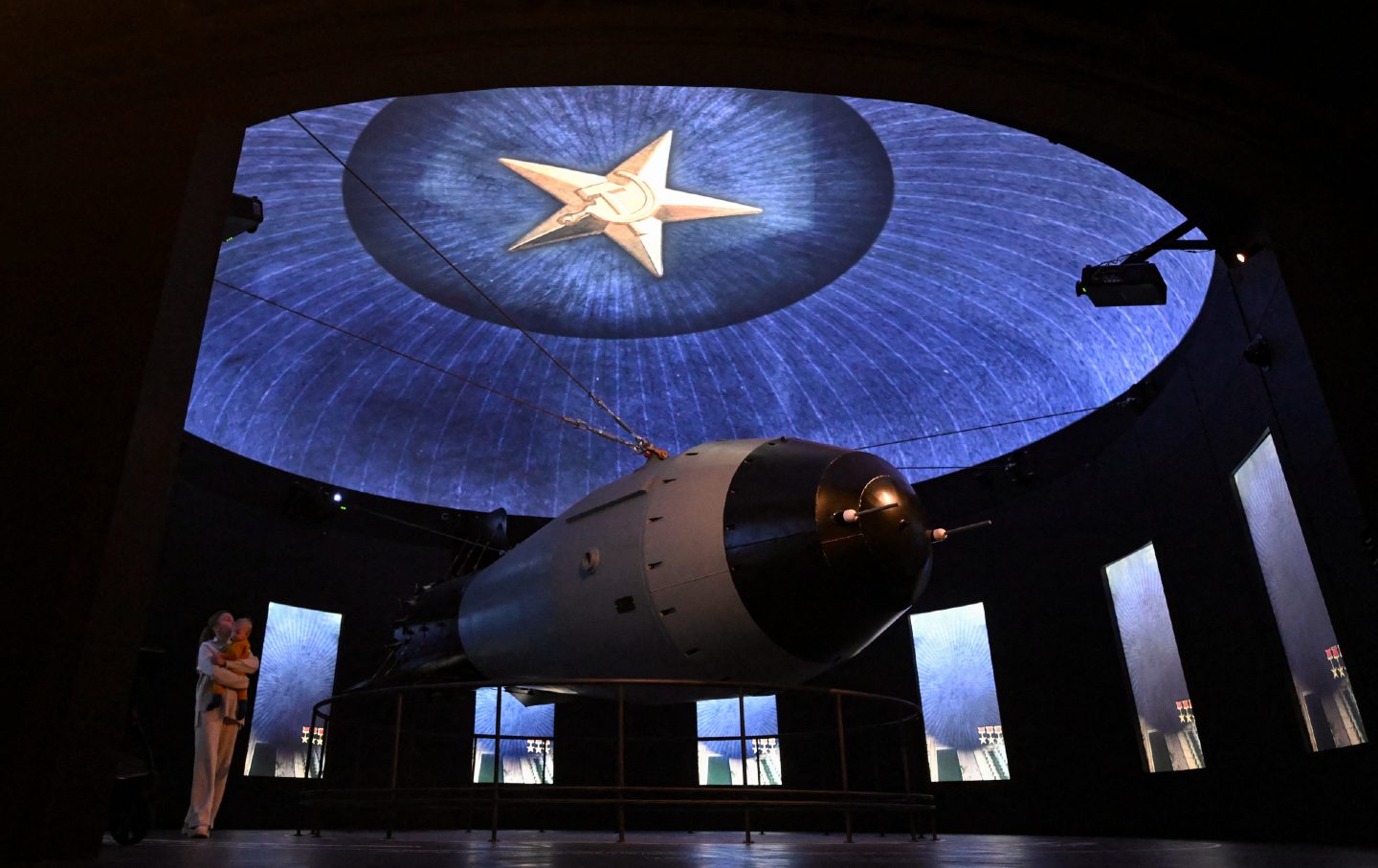
Despite two years of war in Ukraine, rising tensions over Taiwan, and a metastasizing conflict in the Middle East, our 21st-century world has yet to experience a major nuclear blowup—a moment when the risk of thermonuclear annihilation is real and imminent, as was the case during the Cuban missile crisis of 1962. Yes, we have experienced nuclear jitters over North Korea’s repeated threats to attack South Korea and Vladimir Putin’s threats to use nuclear weapons in Ukraine, but none of those incidents has brought us to the edge of extinction. If current trends persist, however, we are likely to encounter a succession of major nuclear crises in the months and years ahead, each potentially more dangerous than the one before. To prevent these from triggering a nuclear apocalypse, we will need wise and prudent leadership by our top officials—and a mass public campaign to insist on such prudence.
During the Cold War, of course, the potential for a catastrophic nuclear crisis was ever-present. We were all aware that any major US-Soviet confrontation could trigger a nuclear exchange, obliterating every one of us. The end of the Cold War was, therefore, an enormous psychic blessing, allowing us to live without the constant dread of imminent nuclear annihilation. For younger generations, moreover, other vital concerns—racism, global warming, economic insecurity—have come to replace nuclear anxiety. These concerns persist, as potent as ever. But now we must all brace ourselves for the return of incessant nuclear crises.
The reemergence of pervasive nuclear instability is the product of two interrelated factors: the outbreak of a tripolar military rivalry between the US, China, and Russia on one hand, and the proliferation of potential nuclear flash points on the other. Each is contributing to the risk of a nuclear conflict, but the combination is making the danger infinitely worse.
The Emerging Three-Way Nuclear Arms Race
Until very recently, the nuclear arms race was widely perceived as a two-way affair, involving the United States and the Soviet Union (later the US and Russia). During the Cold War, the two superpowers built up their atomic arsenals to terrifying heights and then, following the trauma of the Cuban missile crisis, took steps to control and reduce their respective stockpiles. Still, both sides continued to maintain vast nuclear stockpiles after the Cold War’s end, claiming that these munitions were needed to deter a possible nuclear strike by their opponent. They did, however, agree to further reductions in their atomic arsenals, culminating with the signing, in 2010, of the New Strategic Arms Reduction Treaty (New START).
Although the number of “deployable” strategic warheads possessed by the US and Russia—that is, weapons aimed at the other side’s homeland and poised for rapid delivery by a bomber or missile—were significantly reduced by the New START agreement, both powers continued to maintain vast stockpiles of nuclear munitions in storage or set aside for “tactical,” or “non-strategic” use. Both also undertook the modernization and enhancement of their arsenals, replacing older systems with more capable weapons, including land-based intercontinental ballistic missiles, submarine-launched ballistic missiles, and bomber-launched bombs and missiles. Thus, despite the gradual reduction in “deployable” warheads, the US-Russian arms race was actually gaining momentum, not slowing down.
Still, before 2018, the nuclear arms race was largely considered a two-way affair, with both the US and Russia approaching the 1,550 deployable warhead limit set by the New START agreement and each possessing another 4,500–5,000 warheads in storage or configured for tactical use. China, at that time, was said by the Stockholm International Peace Research Institute to possess zero deployed nuclear munitions while holding an estimated 290 warheads in storage. China’s rudimentary nuclear force was configured solely to retaliate against an enemy first strike and possessed limited capacity to attack the continental United States. Accordingly, it was viewed by US strategists as a trivial, or “lesser included” problem when devising nuclear war plans.
But this two-way dynamic began to change in 2018, as the US adopted a new grand strategy identifying China, as much as Russia, as a vital threat to US security, while the Chinese—fearing an increased threat from the US—began the expansion and modernization of their own nuclear capabilities.
The new US approach was unveiled in the Pentagon’s National Defense Strategy (NDS) of February 2018, which identified “long-term, strategic competition” with Russia and China as the greatest future threat to US security. Both rivals were said to be building up their military capabilities, but China was said to pose a particular threat because of its more robust technological capabilities. To prevail in future conflicts with these countries, the NDS affirmed, US forces would have to be equipped with the most advanced weaponry available—and be backed up by a modern, highly capable nuclear force. “Modernizing the Nation’s nuclear deterrent delivery systems…is the Department’s top priority,” Secretary of Defense James Mattis affirmed in a 2018 statement to the Senate Armed Services Committee (emphasis in the original).
In this, and every subsequent Pentagon presentation on the global security environment, US officials have stressed that the nuclear arms race is no longer limited to a US-Russia competition but has become a three-way affair, involving a growing threat from China. “The global situation is sobering,” Mattis testified in 2018. Not only is Russia modernizing its full range of nuclear systems, but “China, too, is modernizing and expanding its already considerable nuclear forces, pursuing entirely new capabilities” [emphasis added].
Misleading statements like these were repeated year after year—despite the fact that China then possessed a minuscule nuclear capability (at least when compared to those of the US or Russia) and had done little, before 2018, to expand or modernize its forces. Nevertheless, the US military’s embrace of the 2018 National Defense Strategy, accompanied by the Trump administration’s increasingly hostile stance towards China, prompted top Chinese officials, led by President Xi Jinping, to conclude that China’s small nuclear force was inadequate to deter a disarming US nuclear attack and so had to be expanded, enabling it to survive a devastating US first strike and still manage to deliver a retaliatory attack on US territory.
Evidence of this shift in thinking first surfaced in June 2021, when The Washington Post reported that it had obtained satellite images showing the construction of a hundred new ICBM silos in western China. Reports then surfaced of additional silo fields under construction and of accelerated Chinese ICBM production. According to a recent report from the Federation of American Scientists, moreover, China has increased its nuclear arsenal to 500 warheads, with more supposedly on the way.
While China’s nuclear buildup can largely be viewed as a defensive response to the 2018 NDS with its call for enhanced US military capabilities, that buildup, in classic arms-racing fashion, is being cited by congressional hawks in their strident demands for an accelerated US nuclear modernization effort—and, increasingly, for the abandonment of New START warhead limits when that treaty expires in February 2026.
In October 2023, for example, the Congressional Commission on the Strategic Posture of the United States reported that “the size and composition of the [US] nuclear force must account for the possibility of combined aggression from Russia and China” and, given the expansion of the Chinese arsenal, US strategy must “no longer treat China’s nuclear forces as a ‘lesser included’ threat.” This requires that “The US strategic nuclear force posture should be modified to…[a]ddress the larger number of targets due to the growing Chinese nuclear threat.”
As in the 1960s, then, we face the prospect of an unbridled nuclear arms race involving the development and deployment of increasingly capable and lethal atomic munitions—except, this time, it’s a three-way contest, not just a two-way race. This is sure to enflame tensions among the major powers and make it exponentially harder to negotiate limits on nuclear stockpiles like those adopted in the Cold War era.
Proliferating Nuclear Flash Points
Complicating this picture even further is the proliferation of potential nuclear flash points—contested areas that encapsulate the strategic interests of two or more of the major powers and so possess the ability to ignite a major military encounter with ever-present nuclear implications.
During the Cold War, there were several such hot spots, with Berlin and Cuba the most prominent among them. Both of those sites prompted nuclear crises on more than one occasion, the most famous being the Cuban missile crisis of 1962, when both sides readied nuclear weapons for immediate attack. It was only through tortured diplomacy and sheer luck, notes historian Martin Sherwin in his magisterial account of the crisis, Gambling with Armageddon, that the world was spared a thermonuclear catastrophe. (The United States also threatened to use nuclear weapons in Korea, Vietnam, and during the Quemoy-Matsu crisis of 1954; those episodes were largely kept secret at the time.)
Today, we can identify at least four such potential flash points—Ukraine and NATO’s Eastern Front, Taiwan, the South China Sea, and the Korean Peninsula—with more likely to emerge in the coming months and years. Each has the potential to ignite a Cuban missile crisis–like confrontation.
Popular
“swipe left below to view more authors”Swipe →Ukraine and NATO’s Eastern Front. At present, with both sides in the Ukraine conflict seemingly trapped in a war of attrition and neither side making appreciable gains on the battlefield, the likelihood of a nuclear exchange appears relatively low. Should battlefield conditions change, however, the nuclear risk could increase. Were Ukrainian forces to be on the verge of capturing Crimea, for example, Moscow might employ tactical nuclear weapons to prevent such an outcome, saying it was defending sovereign Russian territory. Nuclear tensions could also erupt along NATO’s border with Russia in east-central Europe, as the NATO powers bolster their military presence there and Moscow—voicing opposition to what it views as threatening Western behavior—takes steps to counter those efforts.
Taiwan. Of equal danger is the possibility of a US-China war erupting over Taiwan. That island, deemed a renegade province by China, has become a source of growing tension as Taiwanese leaders steer the country ever closer toward independence and Beijing threatens to counter such a move with force. With a pro-independence Taiwanese politician, Lai Ching-te, taking office as president on May 20, many in Washington fear a Chinese military move of some sort. Although the United States is not bound by law or treaty to come to Taiwan’s aid under such circumstances, the likelihood of its doing so is growing as anti-China sentiment continues to grip the capital. Given that virtually every simulation of a US-China clash over Taiwan results in catastrophic losses on each side, any such an encounter would undoubtedly possess a substantial risk of nuclear escalation.
The South China Sea. The South China Sea dispute, like the conflict over Taiwan, could easily result in a full-scale US-China conflict. This danger arises from the fact that Beijing has declared sovereignty over nearly the entire part of the western Pacific bounded by China, Taiwan, the Philippines, Borneo, and Vietnam—while bordering states have repudiated Beijing’s assertions and advanced claims of their own in the area. To assert its expansive claim, China has used its coast guard to harass and drive off the fishing and oil-drilling vessels of neighboring states. In response, officials in Washington have repeatedly asserted that the US will come to the aid of any country victimized by what they characterize as Chinese “bullying.” Accordingly, any future clash between China and its neighbors in the South China Sea could lead to US military intervention—a step that would almost certainly provoke a fierce Chinese reaction, setting off a spiral of escalation.
The Korean Peninsula. North Korea’s current dictator, Kim Jong Un, has repeatedly threatened to employ nuclear weapons in response to US and/or South Korean provocations, and regularly conducts tests of his various missile and artillery systems to back up these warnings. The intensity of his verbal assaults and the frequency of accompanying weapons tests have fluctuated over the years, but seem to have reached a new peak in early 2024. On January 5, the North fired hundreds of artillery shells into waters near South Korean border islands, and, on January 16, Kim formally renounced peaceful reunification with the South as a long-term goal—calling instead for the eventual subjugation of South Korea and its incorporation into the North. These steps, along with an increase in missile testing, have led observers to warn of a new period of instability on the Korean Peninsula, potentially resulting in a full-scale war with a high risk of nuclear escalation.
Other Potential Flash Points. These four hotspots currently represent the most likely sites of a future Cuban missile crisis–-like event, but others are sure to arise in the years ahead. Among those that appear most likely to fall into this category are the Arctic, South Asia, and the Middle East. The Arctic constitutes a potential nuclear flash point because both Russia and the NATO powers are building up their forces there—the accession of Finland and Sweden to NATO will surely accelerate this process—and because Russia has concentrated a large share of its nuclear retaliatory forces in the Murmansk area, near northern Norway. South Asia and the Middle East pose a threat of nuclear conflict because both areas house nuclear-armed states—India and Pakistan in South Asia, Israel (and, possible soon, Iran) in the Middle East—with a long history of hostility and many fresh antagonisms.
What Is to Be Done?
The picture presented above is not an optimistic one. The combination of a seemingly intractable three-way arms race and the proliferation of potential nuclear flash points suggests we will face a never-ending cycle of nuclear crises in the years to come. Whether we will survive any of these, as we did the Cuban missile crisis, is entirely unforeseeable. We were fortunate, back then, that the top leaders involved—John F. Kennedy and Nikita Khrushchev—were able to overcome their martial instincts and seek an escape route from catastrophe. Will be so lucky the next time we face such a crisis? Who’s to say?
If we hope to prevent the next nuclear crisis from ending in catastrophe, there are many specific things that could be done to reduce the risk of uncontrollable escalation. These include, for example, persuading the US and Russia to resume their “Strategic Stability Dialogue”—high-level talks intended to devise steps for reducing the risk of nuclear escalation—that was paused at the onset of the fighting in Ukraine. The US and China could also commence talks of this sort. All three countries could also agree to slow or freeze their nuclear expansion and modernization efforts.
But none of this will occur in the current political environment, with leaders of all three countries under pressure from powerful domestic forces to bolster their nuclear capabilities vis-à-vis their rivals. These include, among others, a deeply entrenched military-industrial-nuclear complex with a strong ties to elite governing circles. And these forces will not be overcome without a global grassroots movement calling for nuclear restraint and human survival.
I am no starry-eyed idealist. As a veteran of the 1960s Ban the Bomb movement and the 1980s Nuclear Freeze Campaign, I know how hard it is to build a mass movement around nuclear issues. It will be even harder today, with so many other existential perils competing for people’s attention, especially climate change. But I do not see how we humans can expect to survive the coming years of recurring nuclear crises without building such a movement.
Fortunately, there are many others who share this outlook. Here and there across America—and in the world as well—people are becoming more aware of the rising threat of nuclear war and taking steps to reduce that danger. I particularly commend the work of Peace Action New York State, Massachusetts Peace Action, and other local and statewide groups that have addressed the nuclear danger, and Back from the Brink, a national campaign seeking to mobilize grassroots activism on the issue. These are still undersized efforts; but they are a start, and they point us in the direction we must go if we are to ensure human survival.
Disobey authoritarians, support The Nation
Over the past year you’ve read Nation writers like Elie Mystal, Kaveh Akbar, John Nichols, Joan Walsh, Bryce Covert, Dave Zirin, Jeet Heer, Michael T. Klare, Katha Pollitt, Amy Littlefield, Gregg Gonsalves, and Sasha Abramsky take on the Trump family’s corruption, set the record straight about Robert F. Kennedy Jr.’s catastrophic Make America Healthy Again movement, survey the fallout and human cost of the DOGE wrecking ball, anticipate the Supreme Court’s dangerous antidemocratic rulings, and amplify successful tactics of resistance on the streets and in Congress.
We publish these stories because when members of our communities are being abducted, household debt is climbing, and AI data centers are causing water and electricity shortages, we have a duty as journalists to do all we can to inform the public.
In 2026, our aim is to do more than ever before—but we need your support to make that happen.
Through December 31, a generous donor will match all donations up to $75,000. That means that your contribution will be doubled, dollar for dollar. If we hit the full match, we’ll be starting 2026 with $150,000 to invest in the stories that impact real people’s lives—the kinds of stories that billionaire-owned, corporate-backed outlets aren’t covering.
With your support, our team will publish major stories that the president and his allies won’t want you to read. We’ll cover the emerging military-tech industrial complex and matters of war, peace, and surveillance, as well as the affordability crisis, hunger, housing, healthcare, the environment, attacks on reproductive rights, and much more. At the same time, we’ll imagine alternatives to Trumpian rule and uplift efforts to create a better world, here and now.
While your gift has twice the impact, I’m asking you to support The Nation with a donation today. You’ll empower the journalists, editors, and fact-checkers best equipped to hold this authoritarian administration to account.
I hope you won’t miss this moment—donate to The Nation today.
Onward,
Katrina vanden Heuvel
Editor and publisher, The Nation
More from The Nation
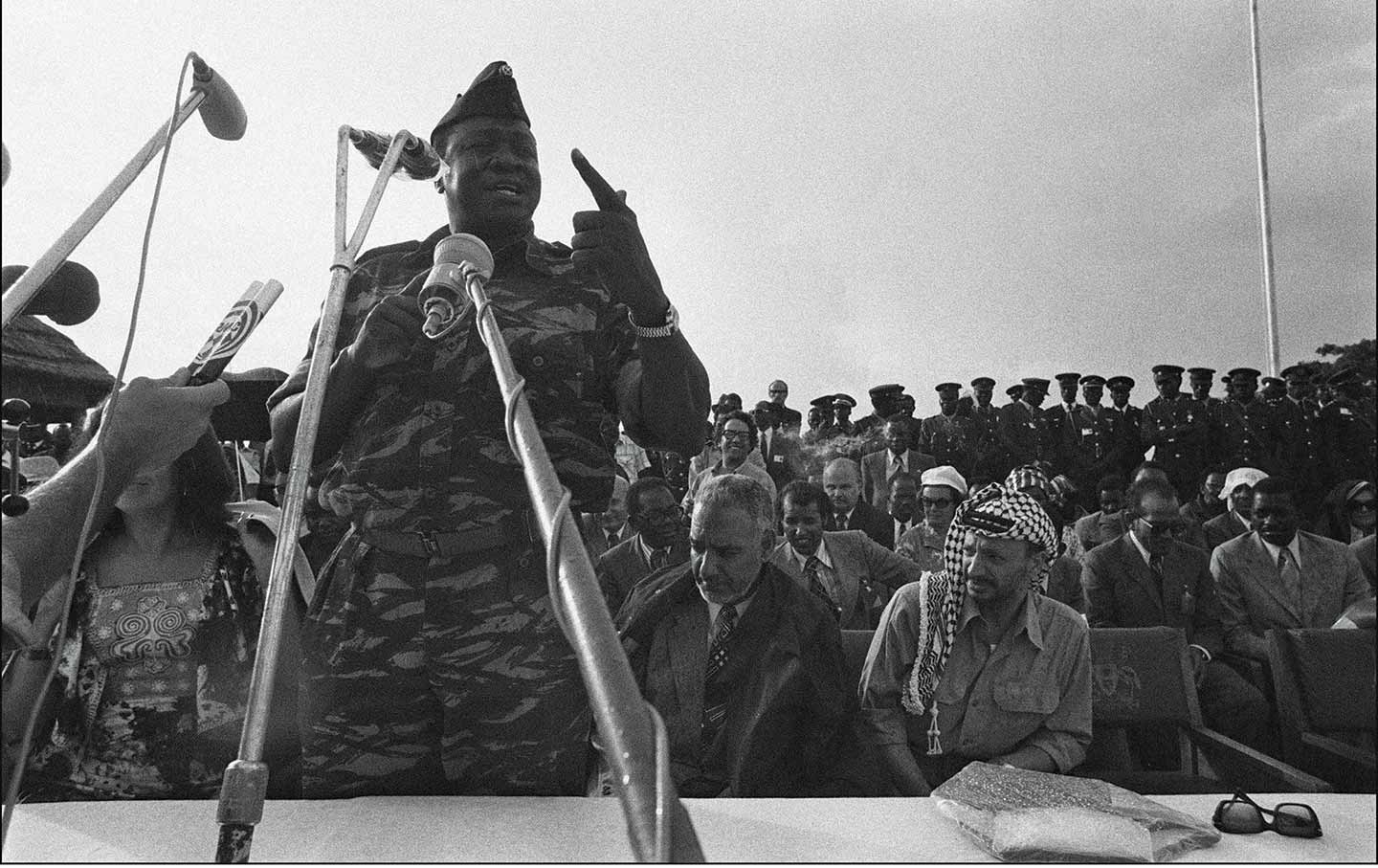
Mahmood Mamdani’s Uganda Mahmood Mamdani’s Uganda
In his new book Slow Poison, the accomplished anthropologist revisits the Idi Amin and Yoweri Museveni years.

The US Is Looking More Like Putin’s Russia Every Day The US Is Looking More Like Putin’s Russia Every Day
We may already be on a superhighway to the sort of class- and race-stratified autocracy that it took Russia so many years to become after the Soviet Union collapsed.

Israel Wants to Destroy My Family's Way of Life. We'll Never Give In. Israel Wants to Destroy My Family's Way of Life. We'll Never Give In.
My family's olive trees have stood in Gaza for decades. Despite genocide, drought, pollution, toxic mines, uprooting, bulldozing, and burning, they're still here—and so are we.
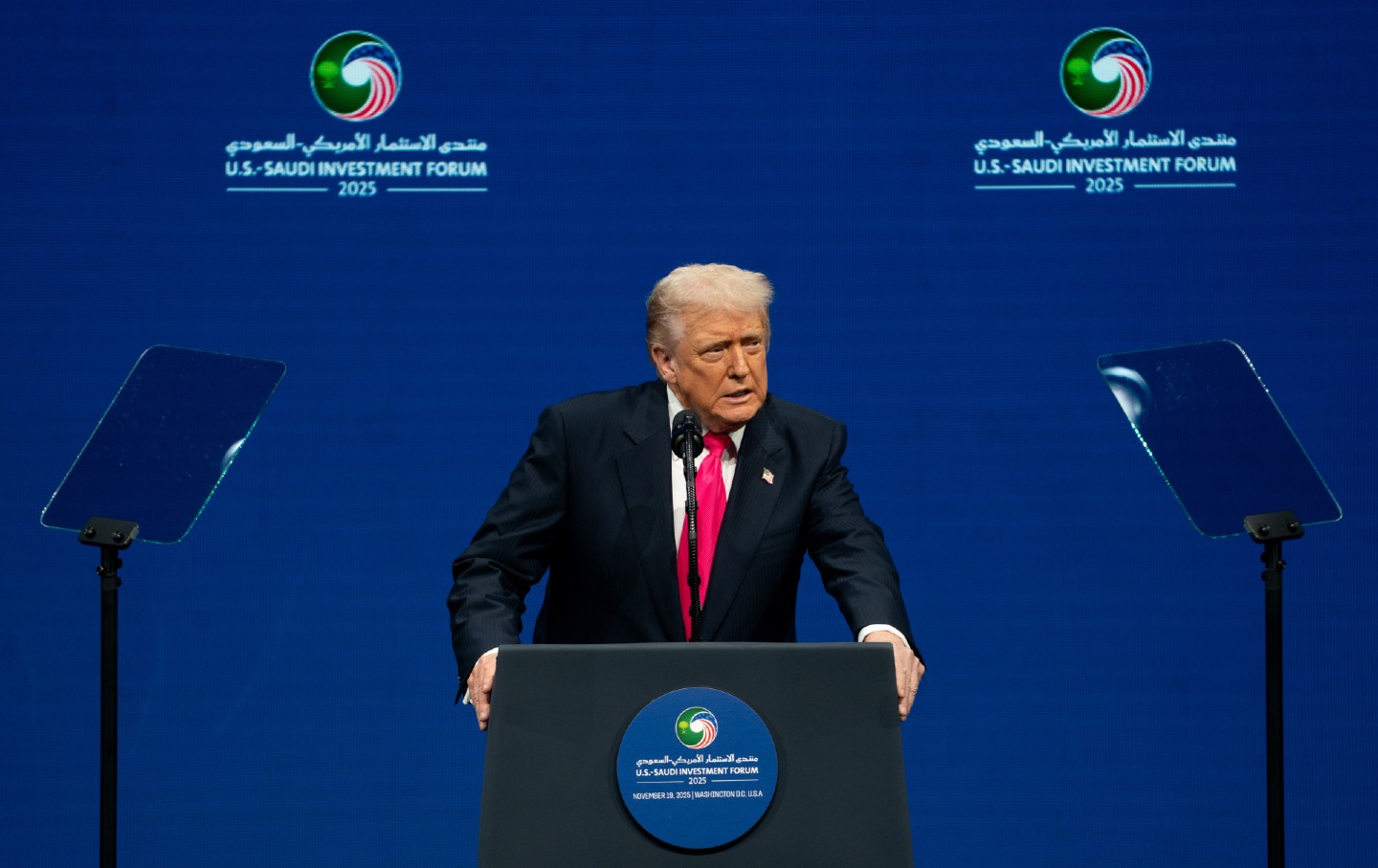
Trump’s National Security Strategy and the Big Con Trump’s National Security Strategy and the Big Con
Sense, nonsense, and lunacy.
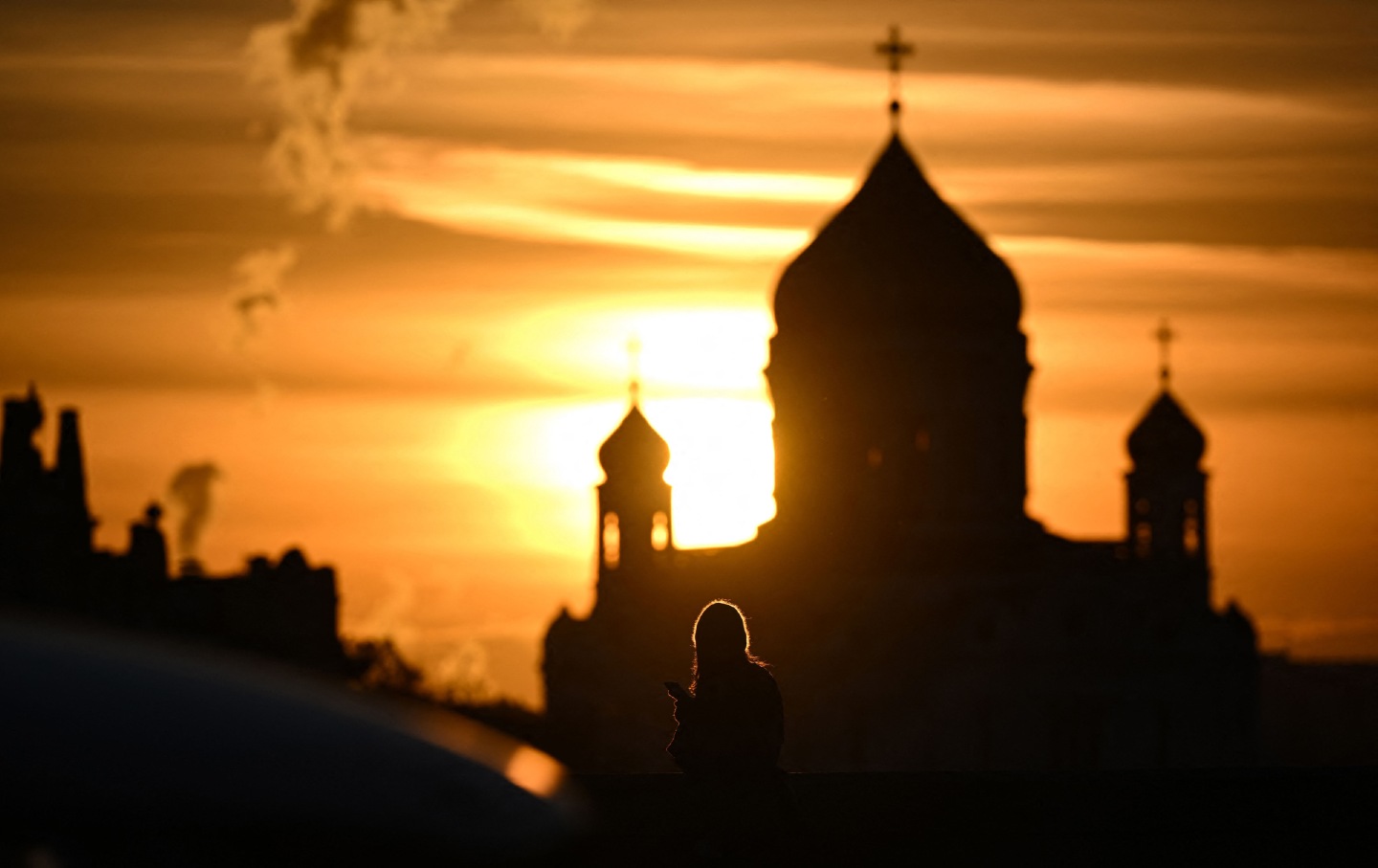
Does Russian Feminism Have a Future? Does Russian Feminism Have a Future?
A Russian feminist reflects on Julia Ioffe’s history of modern Russia.
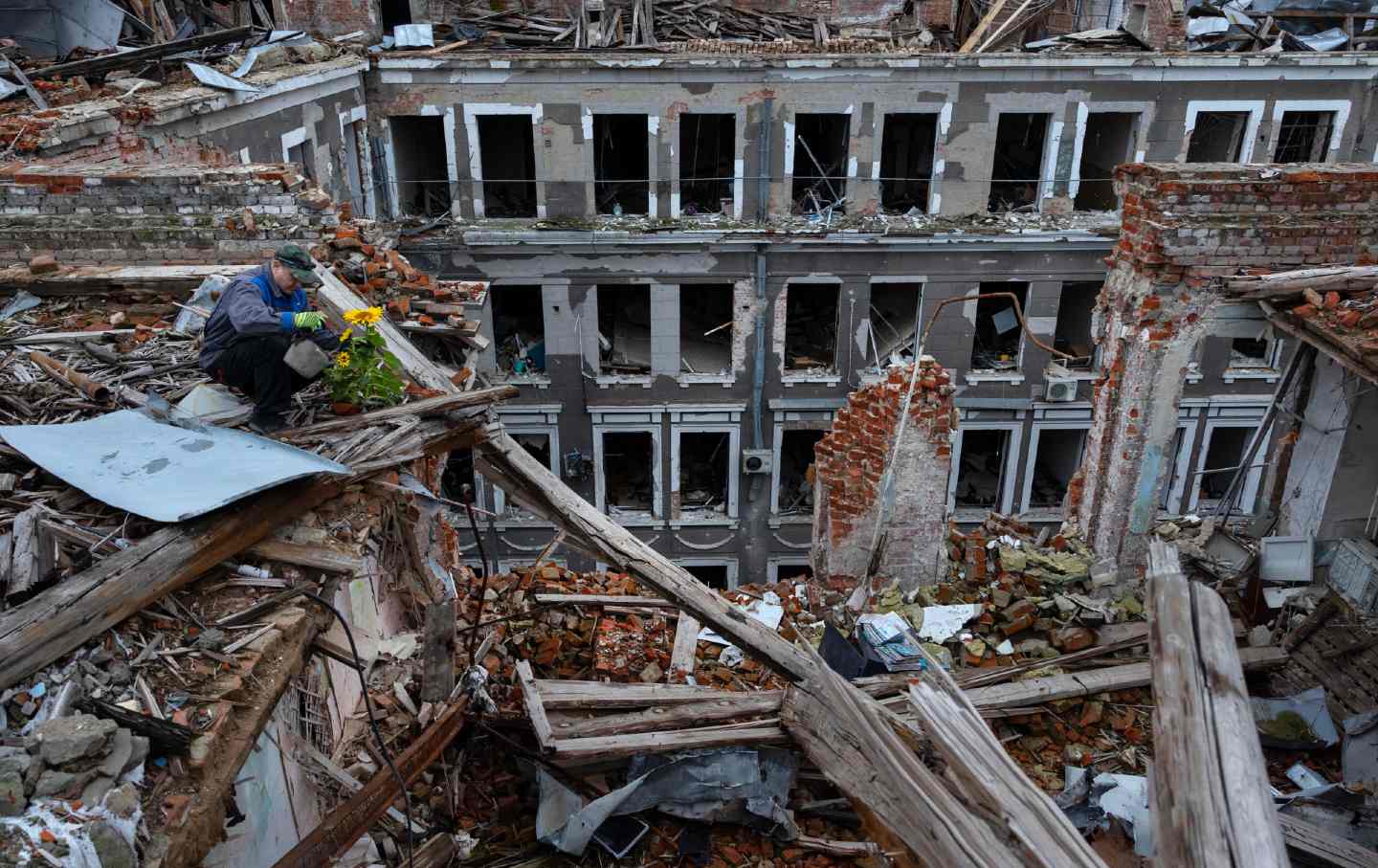
Ukraine’s War on Its Unions Ukraine’s War on Its Unions
Since the start of the war, the Ukrainian government has been cracking down harder on unions and workers’ rights. But slowly, the public mood is shifting.


